Lauded French film director and imagination extraordinaire Luc Besson takes us on a journey back into the farthest reaches of space; this time to a cosmic technotropolis – in this postcard picture of the not-too-distant future.
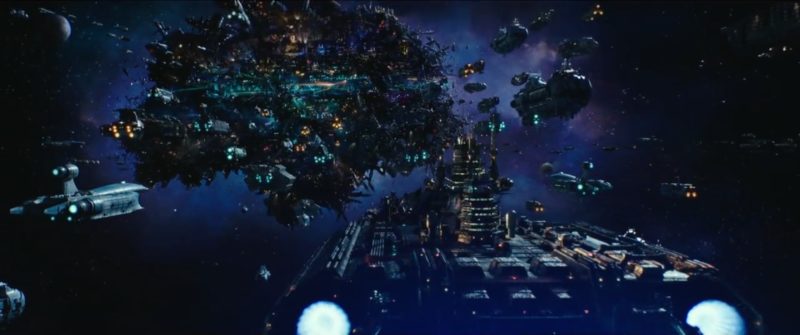
Valerian and the City of a Thousand Planets is a vastly subversive film that is so far left-field and so wonderfully absurd that it stands as a living backlash against an industry that churns out noisy soulless material, like the unscrupulous amount of superhero-type movies we’ve seen in recent years (ahem, 2014’s Birdman). Valerian, however, makes for a deliriously entertaining film that finds writer and director Luc Besson swinging from branch to branch in his effort to produce a weird-as-hell sci-fi epic for the ages. It’s a film filled with humour, charm, excitement and so many memorable images that many viewers will catch themselves wide-eyed and unblinking so as not to miss any of the eye-popping delights crammed into each overly-stuffed frame.
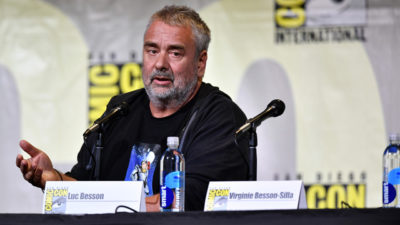
The film is inspired by Valerian and Laureline, a French comic book series created by Pierre Christin and Jean-Claude Mezieres. The pair are said to have influenced the look of scores of films over the years, including George Lucas’ Star Wars. This comic series also piqued ten-year-old Besson’s interest in the science fiction genre. He eventually went on to employ Mezieres to design the look of his own elaborate sci-fi epic, The Fifth Element. Besson may be one of the major players in the international movie-making scene, but upon watching Valerian it seems he has reverted, in the best possible way, to the mindset of a child helplessly enthralled by the wild plotting, bizarre alien worlds and breathless action on display.
Albeit, a kid who has been able to marshal armies of cutting-edge visual techniques, crowdfund and independently finance ~200 million euros (the most expensive in French film history followed by Asterix at the Olympic Games at ~78 million euros, and then followed by Besson’s own movie The Fifth Element at ~75 million euros) to personify his exact vision.
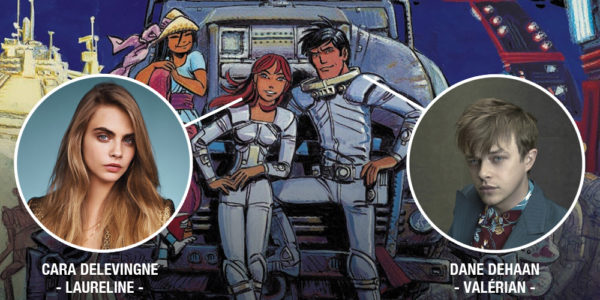
The film opens with David Bowie’s Space Oddity, played in its entirety throughout the films introduction. Set in the 28th Century, we are centred on Valerian (Dane Dehaan) and Laureline (Cara Delevingne), a pair of special forces operatives fighting crime throughout the universe. As the story begins, the two are sent to ‘Big Market’ to confiscate an ultra-rare and powerful Mül Converter – an adorable little porcupine-without-the-spikes looking creature capable of reproducing anything that it eats. The cocky Valerian soon finds himself being pursued by a number of alternate-dimension aliens while the far more cool and collected Laureline is charged with saving him, presumably not for the first time.
However, due to a technological malfunction, Valerian becomes ensnared between two different levels of reality: most of his body remaining in the real world while his arm is trapped in the virtual universe. Hard to imagine from this recount, but I assure you the visual is a hilarious and exciting thing of crackpot beauty that is just one of many subversive moments.
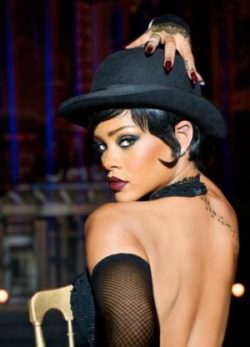
After securing the Mül Converter, Valerian and Laureline report to Alpha and uncover evidence of a massive government conspiracy to cover up an abominable mistake. As they try to unravel the scheme before all is lost, the two are separated and embark on a series of adventures involving a wild collection of creatures. Cue, a shape-shifting burlesque alien “glampod” dancer named Bubble (played by pop icon Rihanna), working in a place called GlamClub run by a guy named Jolly The Pimp (Ethan Hawke).
Besson has long been one of the most stylish filmmakers, but he has truly outdone himself with Valerian. There isn’t a scene in this film that doesn’t contain a visual worth savouring – whether it is an unusual creature, an extravagant costume or just a throwaway oddity lurking in a corner. This is most definitely one of the rare films in recent times whereby 3-D does it justice. At the same time however, Besson is using his visual skills as a way of telling the story instead of merely serving up bits of gourmet eye candy. Take the extended early sequence set on a rural distant planet whose sleek and iridescent inhabitants go about their business before being interrupted by a cataclysmic event. The scene is an initial attention grabber due in part to the absolutely gorgeous design of the planet and its inhabitants. But as it progresses, we quickly (and rather astonishingly, wordlessly) get a sense of who they are in relation to each other and how their world functions.
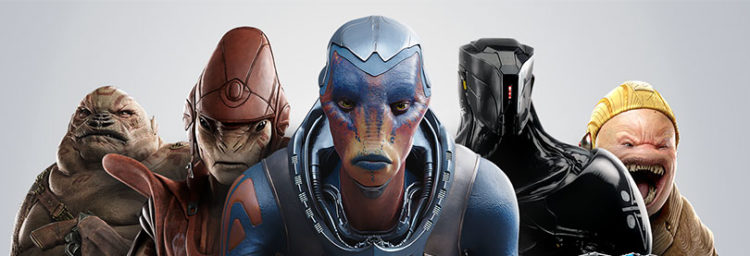
Some will complain that the screenplay is little more than a series of action sequences linked together by a senseless storyline coupled with bizarre, clunky dialogue. Admittedly, some of the criticism is valid as there are times when the dialogue sounds as if it underwent one pass too many through a translation-type software programmed by George Lucas. However, Besson’s narrative is more ambitious than usual, and for all the absurdity on display, the film ultimately touches on real-world concerns such as political corruption of singular figures as opposed to the whole governing organisation being out of whack, as well as the international refugee crisis currently taking effect in ways that lend real emotional weight to the proceedings. At the same time, Valerian and the City of a Thousand Planets is unusually optimistic in its depiction of the future from the charming prologue showing the evolution of Alpha to the sight of its inhabitants living together in peace. At a time when virtually every futuristic film envisions some form of a dystopian nightmare, the brighter side of our impending future shown here is somewhat refreshing.
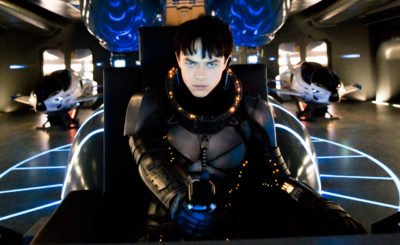 The only weak element to Valerian and the City of a Thousand Planets, ironically enough, is Valerian himself. Throughout his career, Besson has never shown much interest in telling stories based around conventionally masculine heroes. Most of his films have centred on tough and resourceful female characters, and when guys have been front-and-center, Besson has subverted their macho attributes in one way or another (such as dressing Bruce Willis in Jean-Paul Gaultier in “The Fifth Element”). Here, Valerian, inhabited by DeHaan, should be brave, bold and resourceful – but he comes across more like a callow kid struggling to emulate the effortless cool of Han Solo. Besson is clearly more interested in the character of Laureline, and viewers will be too, thanks to Delevingne’s performance. She is funny, has convincing fight choreography, is charismatic as all hell, and capable of taking an absurdly melodramatic speech like her climactic oratory on the importance of love and making it work. Thanks to films like Wonder Woman and the recent Star Wars films, we are in a new age of exemplary female heroes at the multiplex, and Laureline is fully deserving of a place among them.
The only weak element to Valerian and the City of a Thousand Planets, ironically enough, is Valerian himself. Throughout his career, Besson has never shown much interest in telling stories based around conventionally masculine heroes. Most of his films have centred on tough and resourceful female characters, and when guys have been front-and-center, Besson has subverted their macho attributes in one way or another (such as dressing Bruce Willis in Jean-Paul Gaultier in “The Fifth Element”). Here, Valerian, inhabited by DeHaan, should be brave, bold and resourceful – but he comes across more like a callow kid struggling to emulate the effortless cool of Han Solo. Besson is clearly more interested in the character of Laureline, and viewers will be too, thanks to Delevingne’s performance. She is funny, has convincing fight choreography, is charismatic as all hell, and capable of taking an absurdly melodramatic speech like her climactic oratory on the importance of love and making it work. Thanks to films like Wonder Woman and the recent Star Wars films, we are in a new age of exemplary female heroes at the multiplex, and Laureline is fully deserving of a place among them.

Check out the trailer and leave a comment below to let us know what you think.






